I have spent the past two and 1/2 weeks finalizing my sorting of the GPBHM Collection into large sub-categories. All of the boxed archival material is now in one of nine sub-groups. The sub-groups are:
1. Black Institutions --institutions which define themselves as black in orientation, and which are organized and run by African Americans, or integrated institutions whose mission includes desegregation and civil rights for African Americans. This subgroup includes administrative materials for the GPBHM itself (and its programs), the NAACP, the Northside Y.W.C.A, Urban Action Association, the Urban League, the National Federation of Colored Women Clubs, etc.
2. Local Histories---Any Series with documents pertaining to African Americans in Omaha or Lincoln specifically, and to African Americans in Nebraska in General. Local histories include: Arts, Church, Civil Rights, Cowboys, Clubs (and Social life), Fraternities, Homesteaders, Masons, Military, Music, Schools, etc.
3. Family Papers--There are at present roughly twelve family collections. The surnames of families include, Dixon, Thomas, Chambers, and more.
4. Newspapers--African American Newspapers--includes rare, alternative presses with limited runs. Contains issues of The Voice, Everybody Magazine, and Black Realities.
5. Rare Books--contains African American history books, and Black cookbooks, among other items.
6. Musical Scores--Church and Secular music in the African American tradition.
7. B. Calloway's Research Collection Africana--contains African American Historical Data and Materials compiled by the original curator of the collection.
8. Photograph Collection: A large collection (aprox. 4 cu. feet), of photographs of African Americans in the Midwest. Most of the photos document the history of African Americans in Nebraska, and especially in Omaha.
9. Artifacts--period dresses, records, and more.
I started typing the formal container list today April 5. I had an idea about how to proceed and checked with Tom Mooney, who said it would work out fine, for now. The collection will be described one Sub-Group at a time. Boxes within each sub-group will be identified by title (ex. Masons). For Boxes bearing the same title, successive boxes will be numbered (Masons, Masons 2, Masons 3, etc). When the files in the boxes approximate the actual contents, the file name will be listed. Otherwise, a name will be adopted which describes the majority of the contents of a file.
I hope to post the container lists for the collection (or at least a few of the subgroups in a couple of weeks). In the meanwhile, here are some highlights from the weeks of March 22, and March 29. (Note that Jim Calloway came down on March 29th and today on April 5. His visits are instructive, but the trade off is that I am not as able to focus for as many hours on the task at hand).
Highlights include:
a brief biography of Flora Pinkston; photos linking Lincoln's Col. Paul and Alda Adams with Mildred Brown founder of the Omaha Star. Other items of importance are: A history of the life of Father John Markoe, Photos of St. Benedict School Children, and a Box on Black Nebraska Women including information on Anna Burckhardt, T.O. Muhammit and others. African American Artists in Omaha, A list of African American businesses in Omaha [c. 1950s?], and a club directory from 1970 were fascinating in their contents. Charlie Washington's funeral program, and other funeral programs of Northside personalities were instructive. There is a box on the Trans Mississippi Expo. of 1898 and African American participation. A Series on Pullman Porters in Nebraska, and the history of the Omaha Division, will garner the attention of scholars. The wealth of the holdings are clear to me. I wonder whether the Schomburg Center For Research in Black Culture, or the Emory University Collection entitled MARBLE would consider providing an endowment for this collection as it is one of the largest and most in- depth collections documenting African American life that I have ever seen, and is truly one-of-a kind in its documentation of African American life on the Great Plains.
Monday, April 5, 2010
Subscribe to:
Post Comments (Atom)

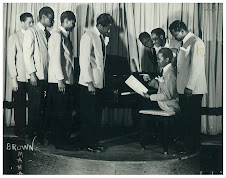
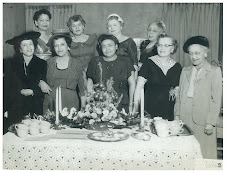
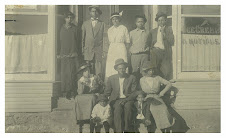
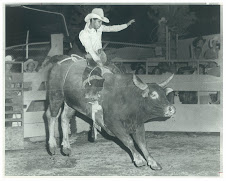


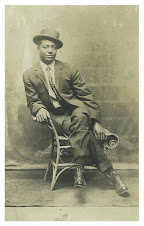
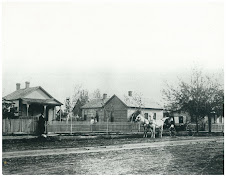.jpg)


Are you finding any photos and/or primary source material on Whitney Young who headed the Urban League in Omaha in the late 50's or early 60s?
ReplyDeleteVince Furlong
I am sorry for the delay in responding. I am new to blogging. . . There are photos of Whitney Young and a series on the Urban League.
ReplyDelete